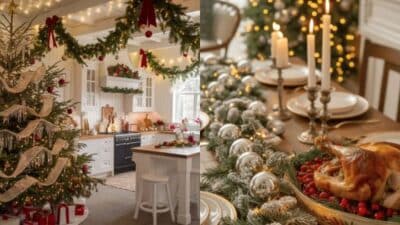
Curb appeal creates a strong first impression and helps set the tone for the rest of the property. Homeowners are focusing more on exterior upgrades to highlight style and value. Siding plays one of the most important roles in this effort, with new designs and finishes offering both modern flair and timeless character. Choosing the right siding can dramatically transform a home’s look while providing practical advantages such as durability and low maintenance.
Bold Color Choices
Deep, saturated colors are making a strong statement in siding design. Shades such as navy, forest green, and charcoal deliver a striking contrast against trim and rooflines. These darker tones highlight architectural lines and add sophistication without overwhelming the overall look. Pairing bold siding with lighter accents creates a balanced, eye-catching appearance that stands out in any neighborhood.
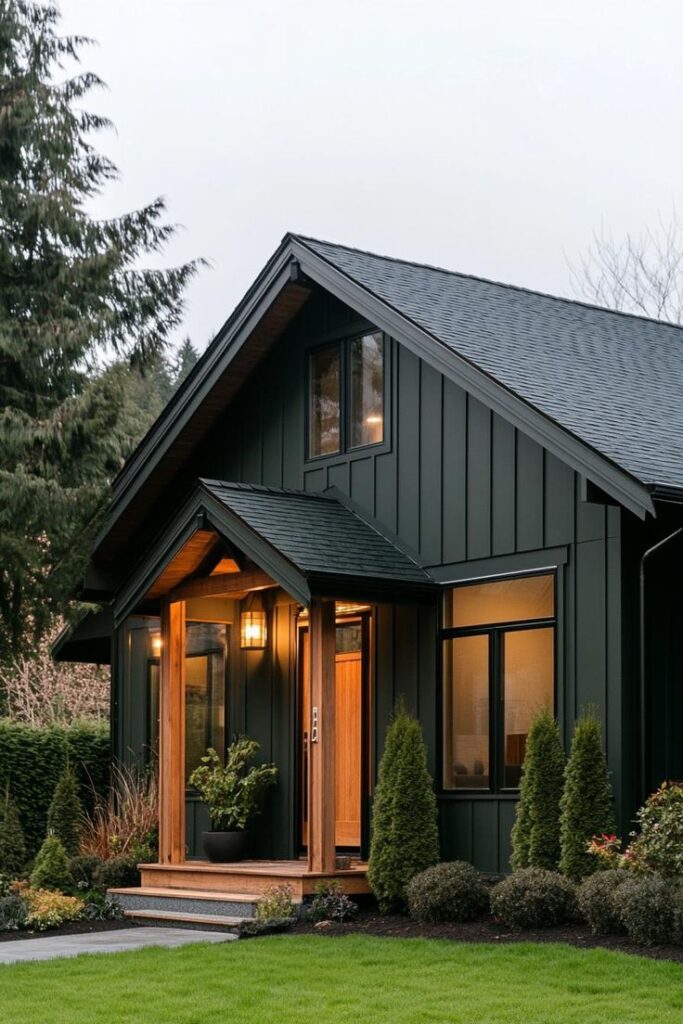

Lighter hues remain popular as well, especially in regions where natural light plays a significant role. Crisp white, beige, and pale gray offer a timeless foundation for exterior design. These shades allow for flexibility when mixing textures or incorporating accent materials like stone or brick. The combination of bold and light colors provides homeowners with endless opportunities to tailor their exterior to personal taste.
Mixed Materials for Dimension
Blending different materials has become a defining trend in siding. Homeowners are moving away from uniform finishes and instead combining elements such as wood, vinyl, and stone. This layered approach creates dimension and visual interest. A common design is pairing vertical siding with horizontal planks to break up long walls and highlight structural features.
Another strategy is introducing stone veneer around entryways or along the base of the home. This not only anchors the exterior visually but also adds texture that complements smooth siding. Working with siding experts ensures that material transitions appear seamless, which helps maintain the professional look of the overall design. The variety of materials available today makes it easier than ever to create a customized exterior.

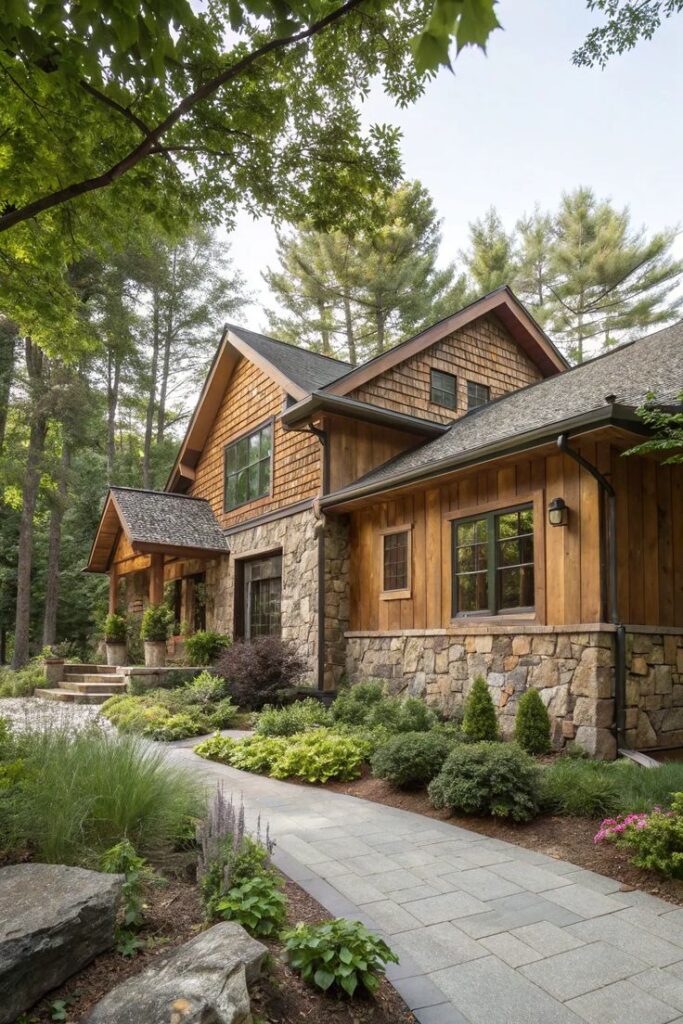
Vertical Orientation
While horizontal siding remains a classic choice, vertical installation has become a favored option for those seeking a modern touch. Vertical lines draw the eye upward, giving the impression of taller walls and more prominent architecture. This design works particularly well on contemporary homes or additions where clean, minimalist lines are key.
Combining vertical siding on certain sections, such as gables or accent walls, with horizontal siding on the rest of the home creates a stylish contrast. This mix adds character without overpowering the structure. Vertical siding can also highlight entryways or outdoor living areas by uniquely framing them.
Natural and Textured Finishes
Homeowners are gravitating toward finishes that mimic the natural look of wood without the upkeep. Textured siding designed to replicate cedar shakes or rough-cut planks provides the charm of traditional craftsmanship while offering the benefits of modern materials. These options resist fading, warping, and insect damage, making them practical for long-term use.

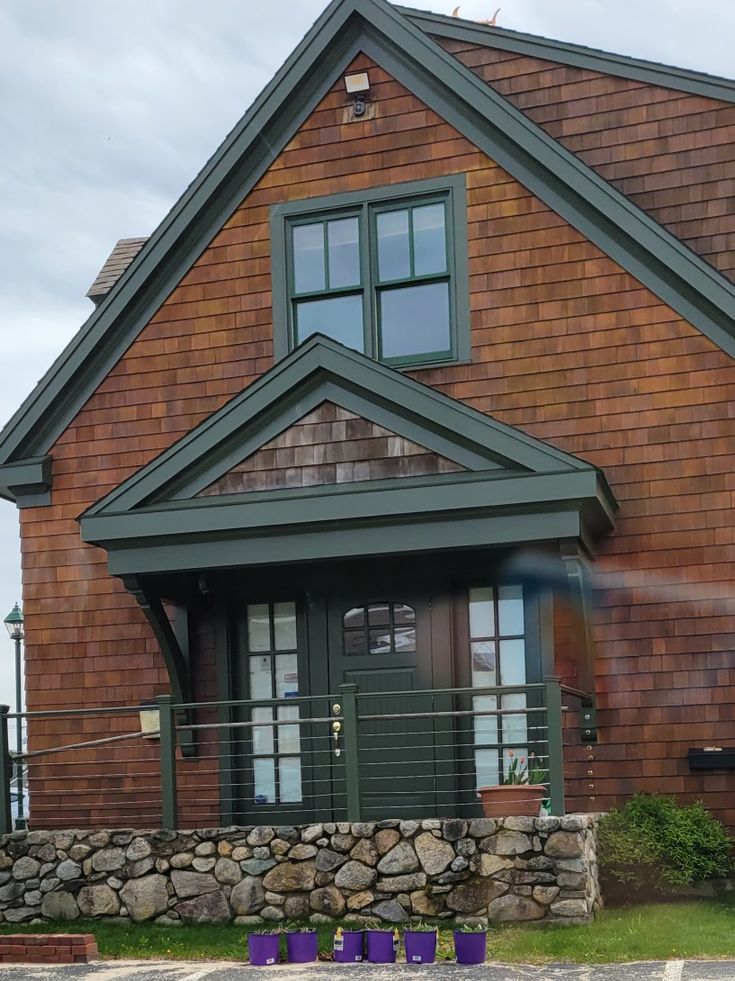
Matte finishes are another growing trend, replacing high-gloss surfaces with a more understated appearance. The subtle sheen enhances the natural feel of the siding while still delivering a polished look. Pairing textured finishes with natural landscaping further strengthens the connection between the home and its environment.
Eco-Friendly Options

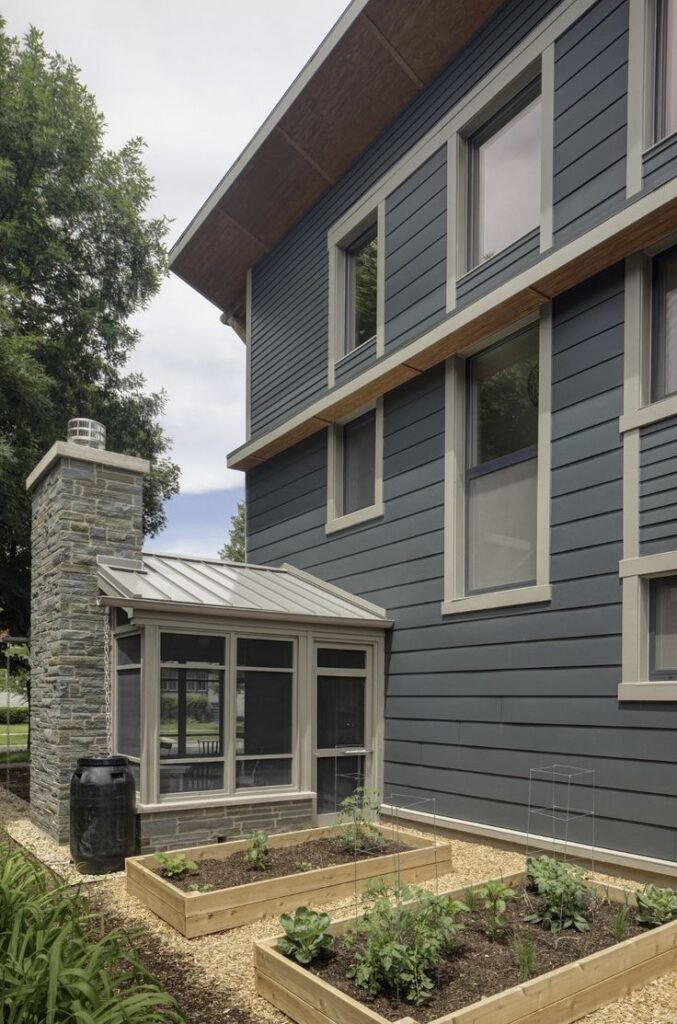
Sustainability continues to influence siding design choices. Recyclable and energy-efficient materials help homeowners reduce environmental impact while improving performance. Insulated siding is one example, providing an extra layer of thermal resistance that can lower energy costs. Manufacturers are expanding options for eco-conscious buyers, including products made from recycled content.
Colorfast technology also contributes to sustainability by ensuring siding maintains its look for longer periods. This reduces the need for replacements or frequent repainting. By choosing durable and eco-friendly materials, homeowners invest in both the environment and the long-term appearance of their property.
Accents That Elevate Design
Small details often make the biggest difference in curb appeal. Trim, shutters, and gable accents can highlight siding choices and enhance architectural style. For instance, white trim around bold-colored siding creates a sharp contrast that frames the home beautifully. Shutters in complementary shades add personality, while gable vents or decorative brackets give a polished finish.
Accent materials like board-and-batten siding on entryways or dormers help distinguish certain areas of the home. These elements make the exterior more inviting and cohesive. Attention to detail ensures the overall design feels intentional rather than pieced together. Investing in accents allows homeowners to personalize their property without committing to large-scale changes.

Curb appeal depends heavily on siding design, and today’s trends offer more variety and creativity than ever. Bold colors, textured finishes, and sustainable materials provide both visual and functional benefits. With thoughtful planning, homeowners can choose designs that reflect personal style while increasing property value. Selecting the right combination of siding and accents ensures a welcoming exterior that leaves a lasting impression.
- 0shares
- Facebook0
- Pinterest0
- Twitter0

